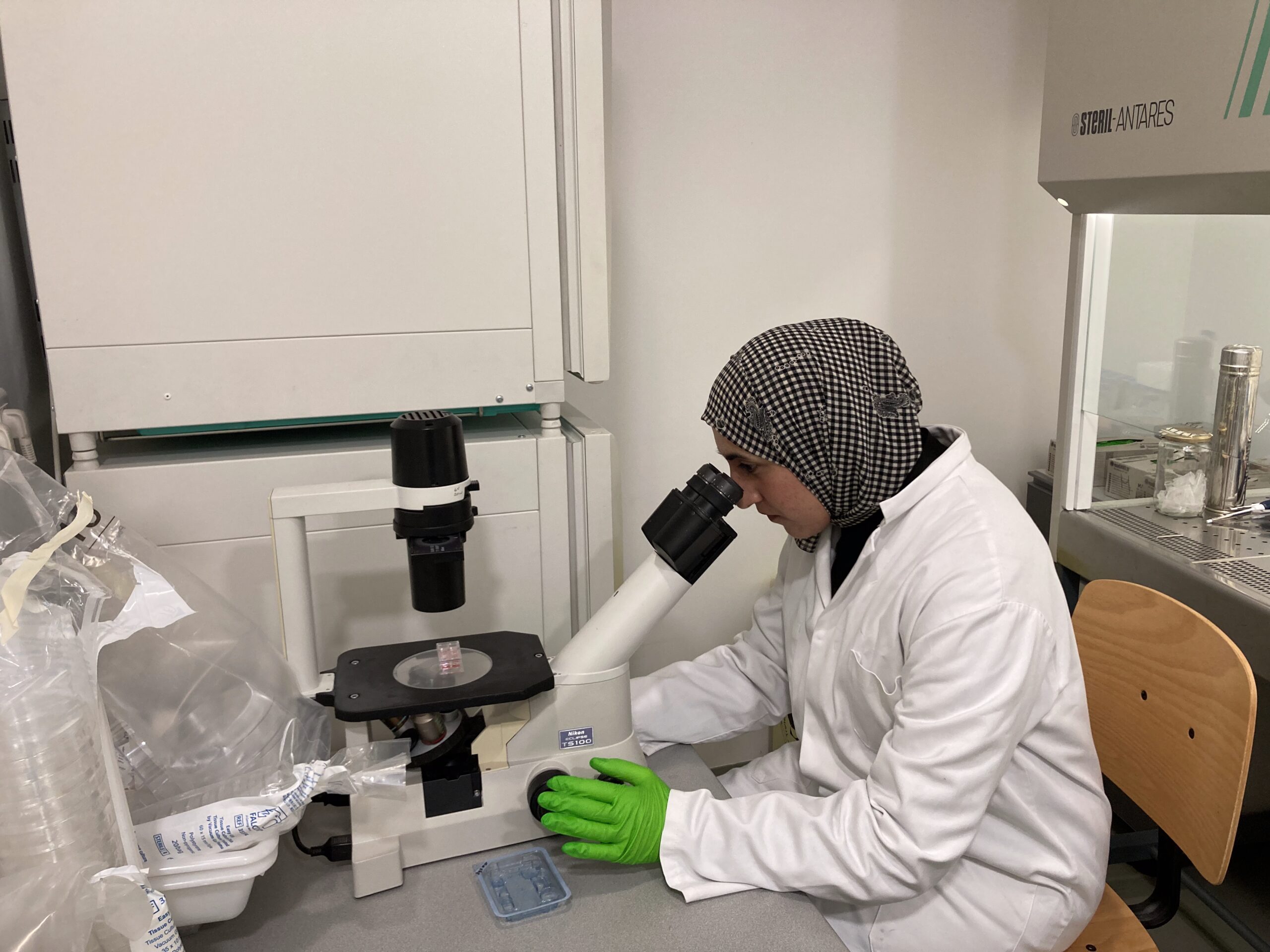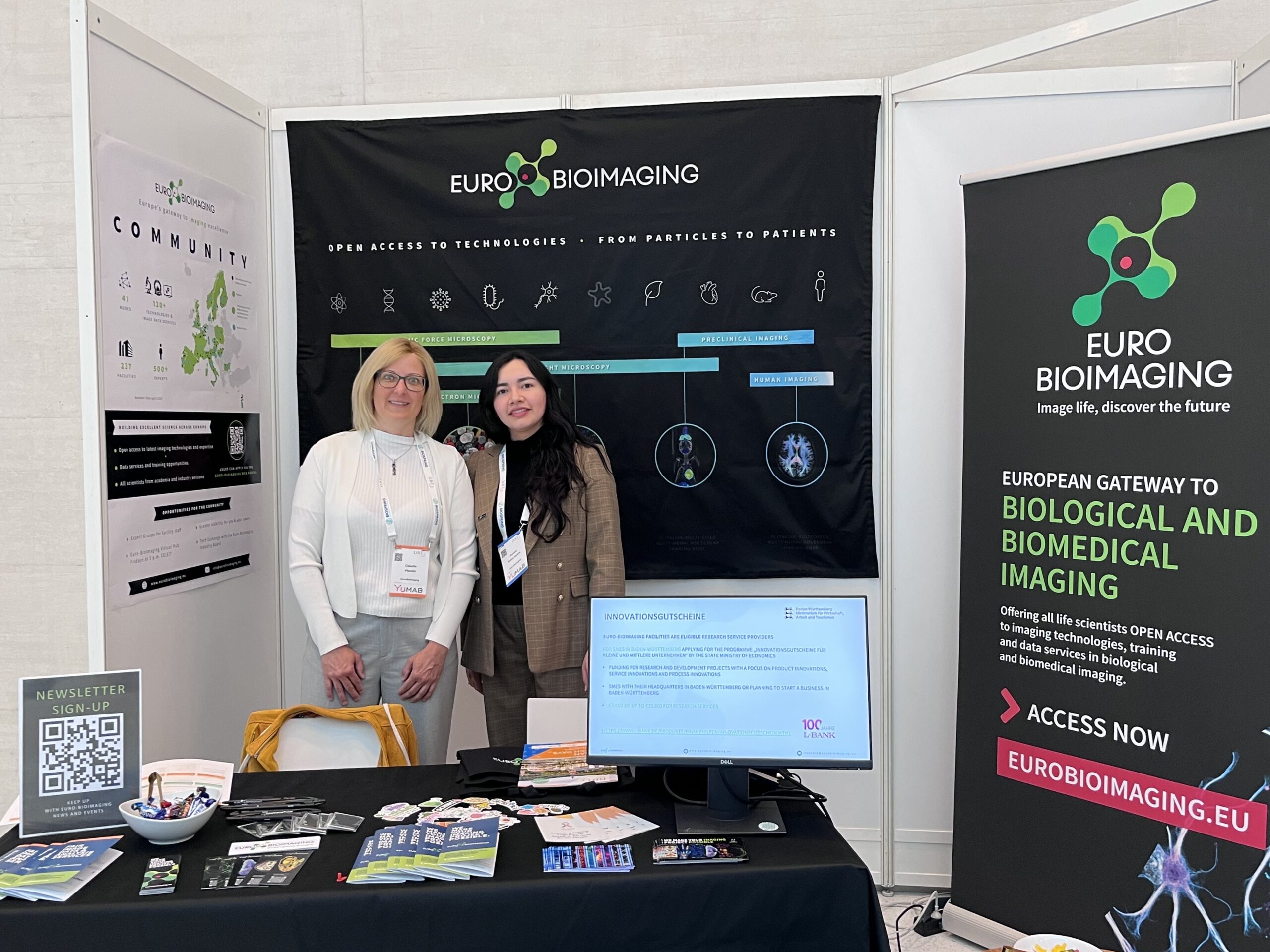
Soft X-ray tomography showcasing
Analysis of three-dimensional biological cell samples is critical for understanding the mechanisms of viral disease and for developing novel therapeutics. Cryo soft X-ray tomography (cryo-SXT) is the unique technology that can image whole intact cells in 3D under normal and pathological conditions without labelling, at high throughput and high spatial resolution. It is a promising approach with many possible applications from cell and developmental biology to virology. This new technology successfully completed the Euro-BioImaging showcasing process for new technologies, highlighting the open access readiness of the technology and broad user interest.
Soft X-ray tomography requires strong photonic illumination which is traditionally only available at synchrotron labs. However, the system showcased here is a laboratory-scale Soft X-ray microscope, developed by SiriusXT. Soft X-ray tomography is performed on cryo-fixed samples without the need for additional labelling and the SXT-100 can accept samples either on TEM grids or in capillaries, smoothing the way for application of both SXT and EM on the same sample and allowing the correlation of both techniques.
Do you think cryo Soft X-ray Imaging could be a good approach for your research or your facilities' user base? Learn more about this technology and discover some specific case studies for virus and infection biology, in the full showcasing report by Sirius XT.
Bringing new technologies to the imaging community
To support the imaging community and its associated high-quality research, Euro-BioImaging must remain at the technological forefront. Showcasing is the first step in this workflow to ensure that new technologies are continuously integrated by the community into the Euro-BioImaging portfolio. For more information please visit this page.
It is aimed at demonstrating:
a) User need and relevance for the scientific community (through e.g. documentation by technology hosts on successful external user access to this technology; submitted letters of interest from users; relevant research publications associated with this technology in general, etc.)
b) An operational access model for external users to this technology (through documentation of access model by technology hosts).
More news from Euro-BioImaging


